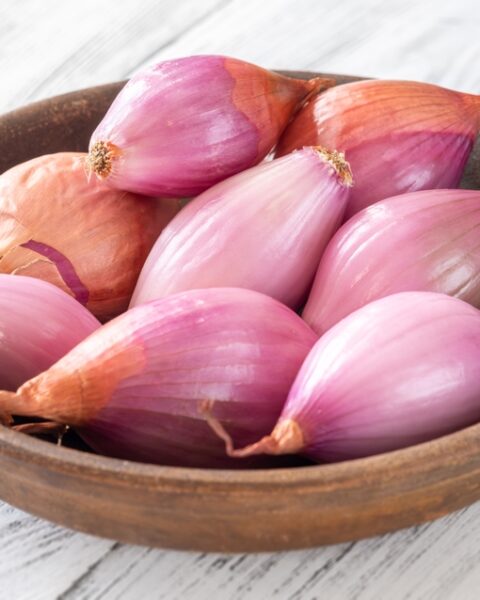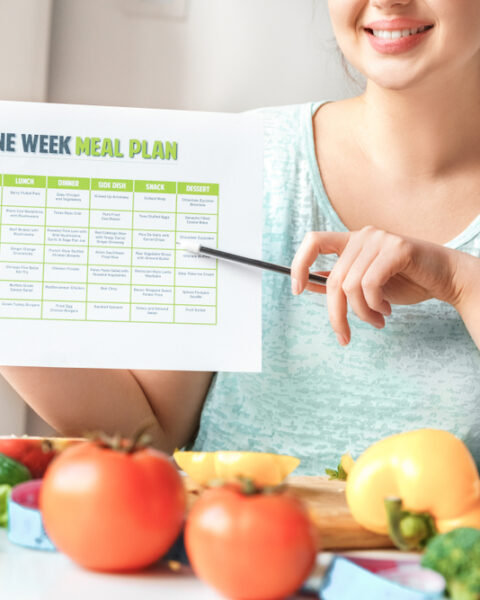Cutting down on food waste at home is not just good for your wallet, but it’s also great for the environment. We’ve all been guilty of throwing out that forgotten bag of spinach or the leftovers we swore we’d eat. But reducing food waste can be surprisingly simple with a few changes in your daily routine. Here are some straightforward techniques to help you minimize food waste and make the most of what you buy. Give these a try, and you’ll see how easy it can be to waste less and save more.
Contents
- 1 Plan Your Meals
- 2 Make a Shopping List and Stick to It
- 3 Store Food Properly
- 4 Use FIFO (First In, First Out)
- 5 Freeze Extras
- 6 Use Leftovers Creatively
- 7 Compost Food Scraps
- 8 Understand Expiration Dates
- 9 Buy Imperfect Produce
- 10 Donate Unused Food
- 11 Keep Track of Spoiled Food
- 12 Use Smaller Plates
- 13 Educate Your Household
- 14 Batch Cooking
- 15 Preserve Food
- 16 More From RetailShout
- 17 21 Aldi Just Brought Back Its Best Holiday Products Early
- 18 10 Amazing Food Hacks for an Unforgettable Camping Trip
Plan Your Meals
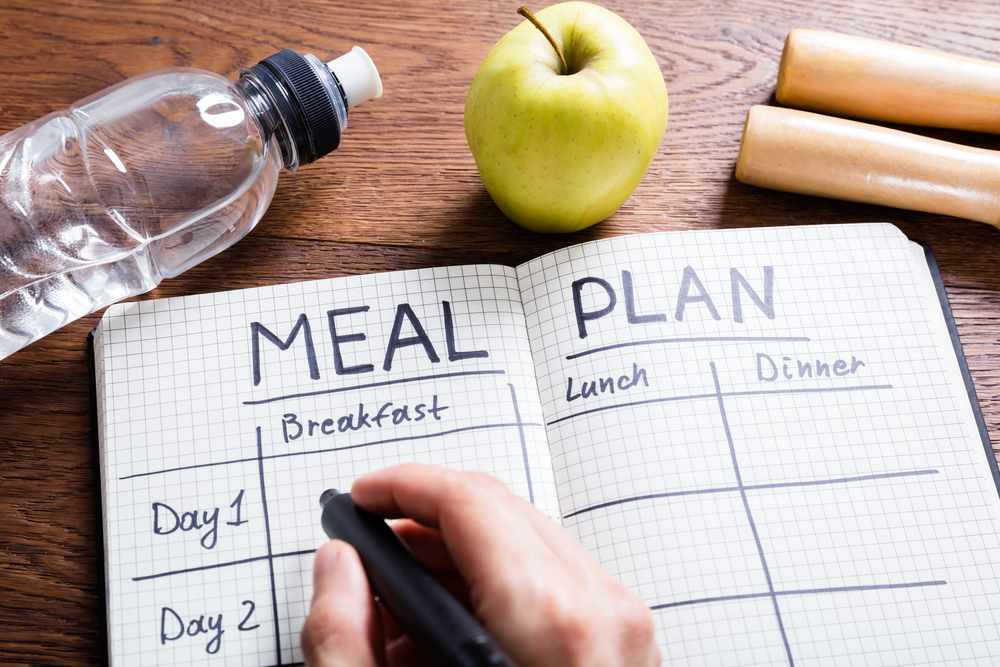
Planning your meals in advance can significantly reduce food waste. It allows you to create a shopping list with only the items you need. By sticking to this list, you avoid buying unnecessary items that might go to waste. Additionally, meal planning helps you use up what you already have at home. Incorporate leftovers into your meal plans to ensure nothing goes to waste. A weekly menu can help keep track of meals and prevent over-purchasing.
Make a Shopping List and Stick to It
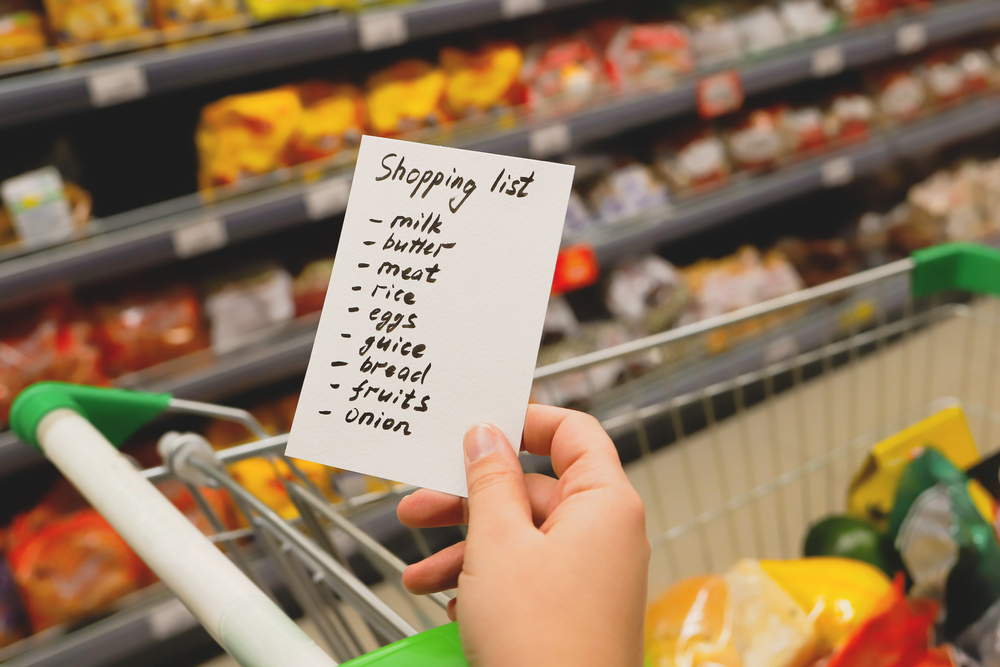
Creating a shopping list based on your meal plan is crucial. This prevents impulse buys that often lead to waste. Stick to the list when shopping to ensure you buy only what you need. Checking your pantry before making the list ensures you don’t buy items you already have. This habit also helps in saving money as you avoid unnecessary purchases. A well-thought-out list can be your first line of defense against food waste.
Store Food Properly
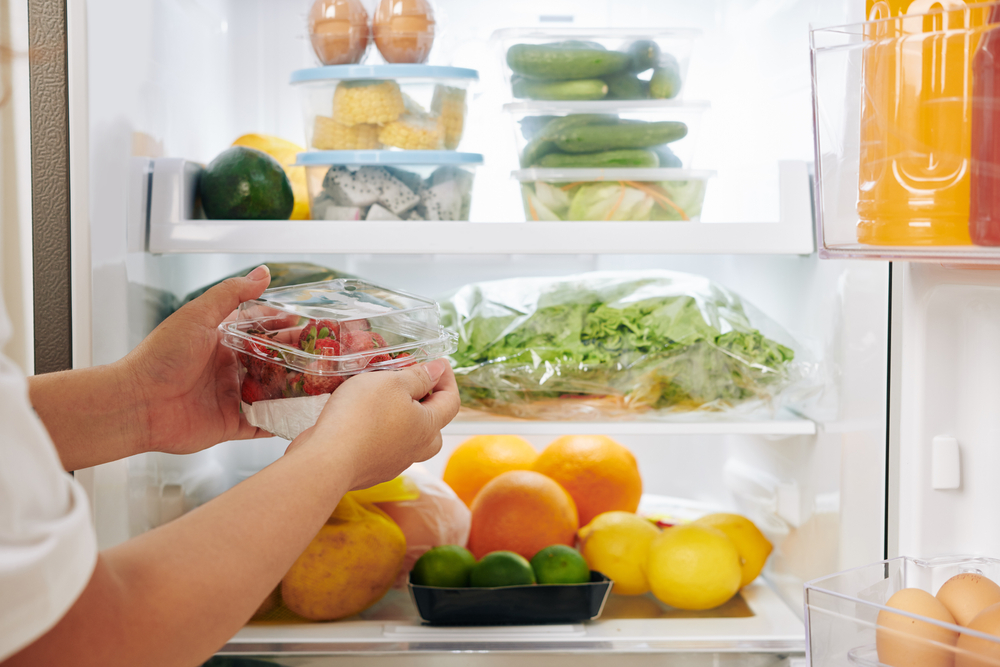
Proper storage of food can extend its shelf life. Understanding the best way to store different types of food can prevent spoilage. For instance, some fruits and vegetables should be kept in the refrigerator while others are better at room temperature. Use airtight containers to keep leftovers fresh for longer periods. Labeling and dating stored food helps in using older items first. Proper storage techniques can make a significant difference in reducing food waste.
Use FIFO (First In, First Out)
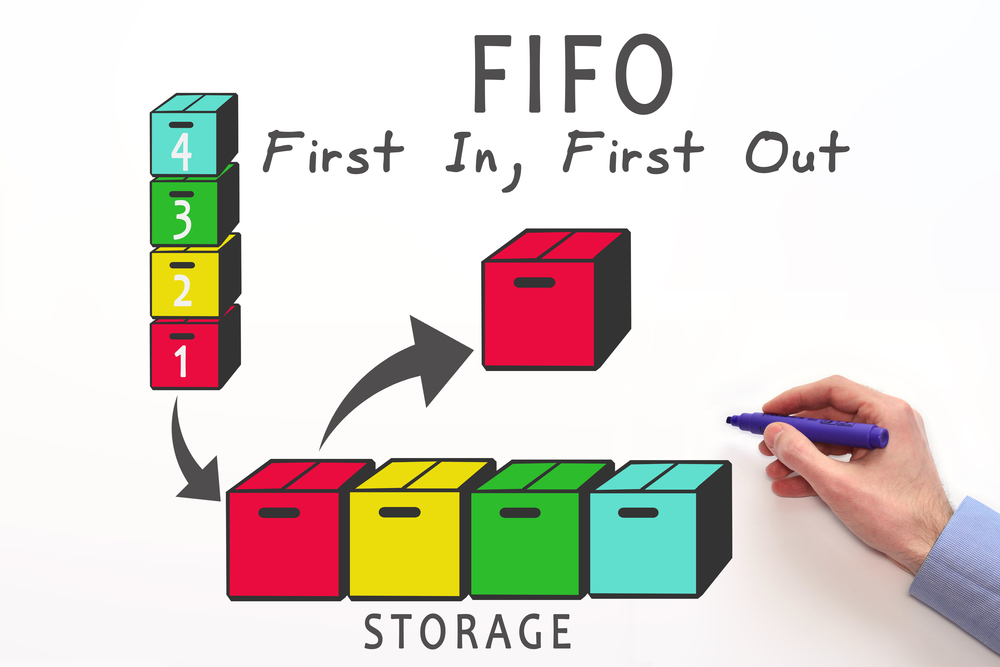
Organizing your pantry and refrigerator with the FIFO method ensures that older food is used before newer items. This method helps prevent food from spoiling and being thrown away. Place new items at the back and older items at the front to easily see what needs to be used soon. Keeping a log of perishable items can also help in managing their use. This simple technique ensures efficient utilization of all food items.
Freeze Extras
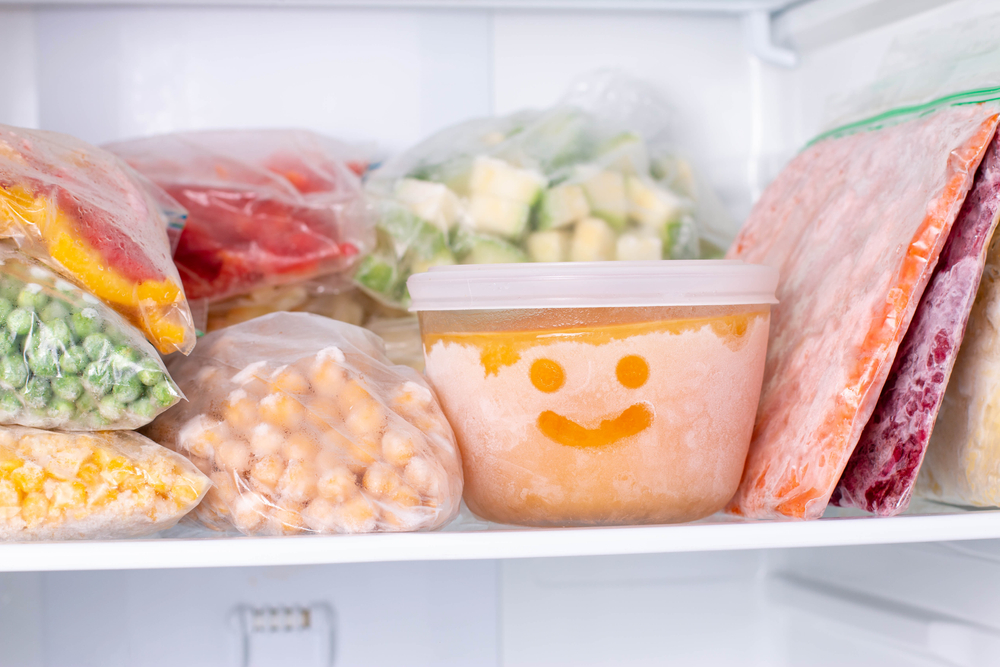
Freezing food is a great way to preserve it for later use. Many foods can be frozen, including fruits, vegetables, and even leftovers. Freezing items you can’t use immediately prevents them from spoiling. Label frozen items with the date to keep track of their age. Portioning food before freezing makes it easier to defrost only what you need. Utilizing your freezer can greatly reduce food waste.
Use Leftovers Creatively

Transforming leftovers into new meals is an effective way to reduce waste. Leftovers can be incorporated into soups, salads, or casseroles. This practice not only reduces waste but also saves time and money. Be creative with your leftovers to make them appealing and avoid repetitive meals. Plan a “leftover night” once a week to use up what you have. Using leftovers efficiently can contribute to significant waste reduction.
Compost Food Scraps
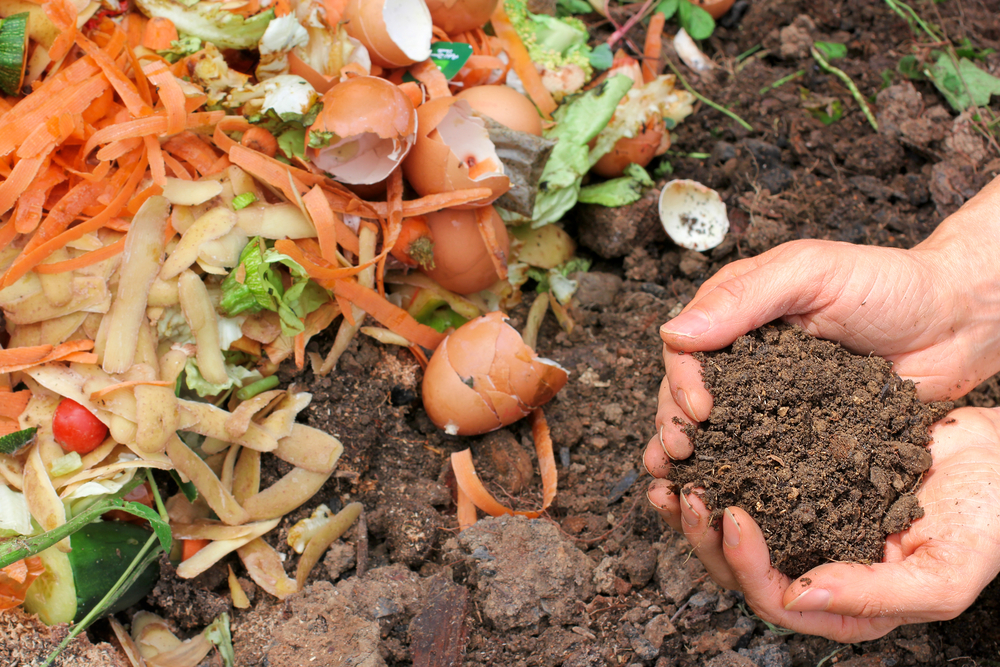
Composting is an excellent way to manage food scraps. Instead of throwing away peels, cores, and other organic waste, composting turns them into valuable fertilizer for your garden. This reduces the amount of waste going to landfills. A small compost bin in the kitchen can make the process convenient. Using compost in your garden can enrich the soil and reduce the need for chemical fertilizers. Composting is an eco-friendly way to handle food waste.
Understand Expiration Dates

Understanding the difference between “best before” and “use by” dates can help reduce waste. “Best before” dates are about quality, not safety, and foods can often be eaten after this date if stored properly. “Use by” dates are more critical for safety reasons. Use your senses to judge if food is still good to eat. Educate yourself and your family about these labels. This knowledge can help you make informed decisions and reduce unnecessary waste.
Buy Imperfect Produce

Many fruits and vegetables are discarded because they don’t meet cosmetic standards. Buying “ugly” produce helps reduce this type of waste. Imperfect produce is often just as nutritious and tasty as perfect-looking items. Supporting stores that sell such produce can also promote this practice. Embrace the imperfections and use them creatively in your meals. This simple choice can have a positive impact on reducing food waste.
Donate Unused Food

If you have non-perishable food items that you won’t use, consider donating them. Many local food banks and shelters accept donations. Donating helps those in need and reduces waste. Check with local organizations to understand their needs and guidelines. Organize community food drives to encourage others to donate. This practice ensures that excess food benefits someone rather than ending up in the trash.
Keep Track of Spoiled Food

Keeping a log of the food that spoils can help identify patterns. This information can help you adjust your shopping and meal planning habits. Knowing what goes to waste can guide you to buy less of those items. Regularly review and adjust your habits based on this log. This proactive approach can help minimize waste over time. Tracking spoiled food is a step towards more mindful consumption.
Use Smaller Plates
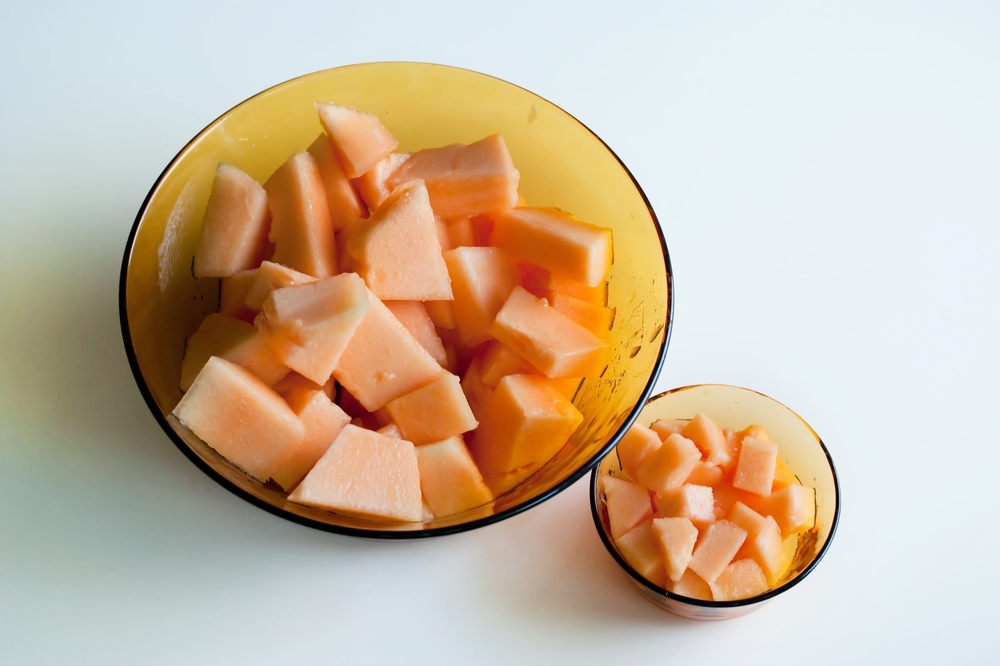
Using smaller plates can help control portion sizes and reduce waste. People tend to fill their plates regardless of size, so smaller plates naturally limit the amount of food taken. This practice can reduce the likelihood of uneaten food being thrown away. Encourage family members to take smaller portions and go back for seconds if still hungry. This simple change can contribute to significant reductions in food waste.
Educate Your Household

Educating everyone in the household about the importance of reducing food waste can make a big difference. Share tips and practices that everyone can follow. Encourage participation in meal planning, shopping, and storage activities. Create a culture of mindfulness around food usage. Involve children in learning about food waste and its impact. Education and collaboration can amplify the efforts to reduce waste.
Batch Cooking
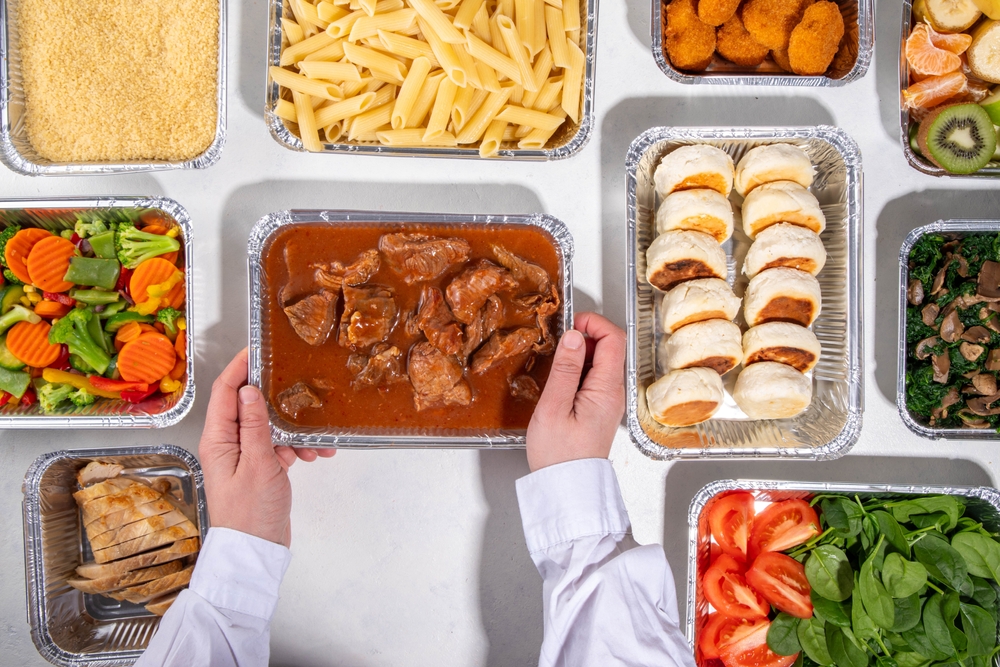
Cooking in batches can help manage food more efficiently. Preparing meals in large quantities and portioning them for future use reduces the need for daily cooking. This method ensures that all ingredients are used up and not left to spoil. Store batch-cooked meals properly to extend their shelf life. This practice saves time, reduces waste, and can be more economical. Batch cooking can streamline your kitchen routine.
Preserve Food
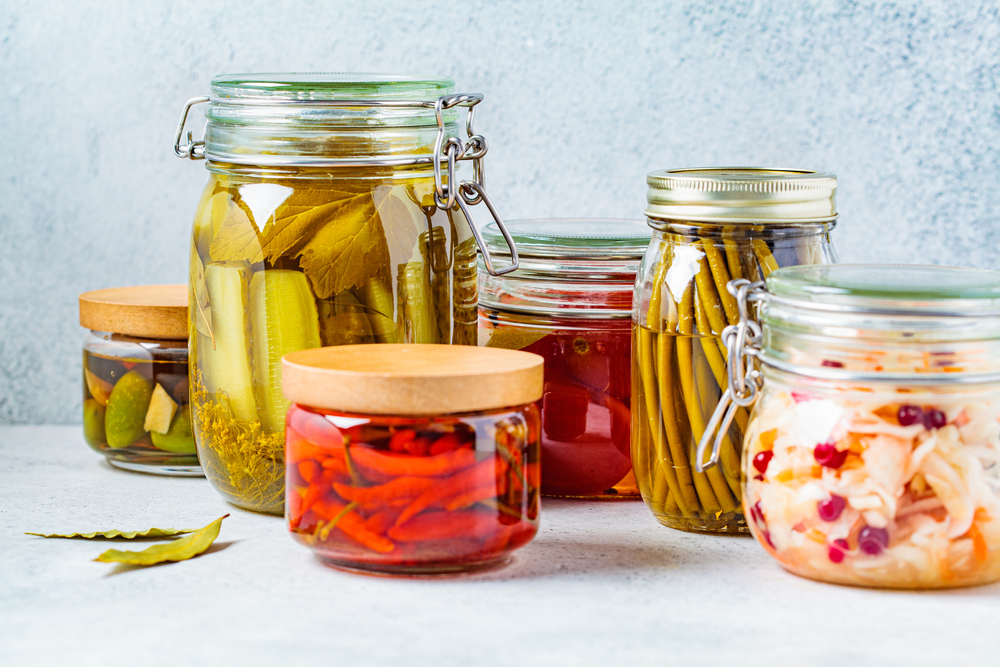
Preserving food through methods like canning, pickling, or drying can extend its shelf life. These techniques are especially useful for seasonal produce. Preserved foods can be used long after their fresh counterparts would have spoiled. Learning preservation methods can be a fun and rewarding activity. Properly preserved food adds variety to your diet and reduces waste. Preservation is a practical way to enjoy foods year-round.
This article originally appeared on RetailShout
More From RetailShout
22 Nut-Based Desserts You Can Make at Home

Nut-based desserts offer the perfect combination of crunch and sweetness, making them irresistible to those who love treats with texture. Whether you’re looking for a quick snack or a decadent finish to a meal, these desserts are both easy to make and packed with the goodness of nuts. Read More.
21 Aldi Just Brought Back Its Best Holiday Products Early
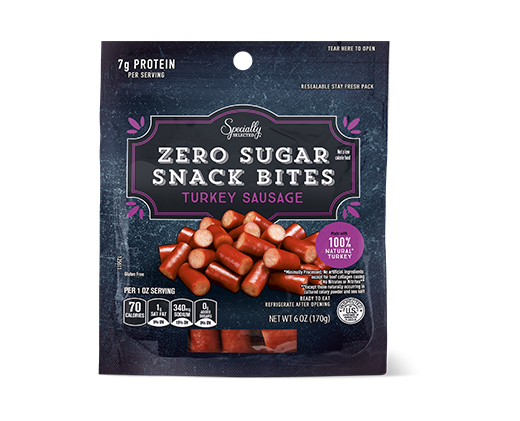
ALDI just brought back some of its best holiday products, and it’s time to get excited. These aren’t your average grocery store finds—this lineup is all about gourmet flavors and unique treats that you can’t always find year-round. Read More.
10 Amazing Food Hacks for an Unforgettable Camping Trip

Camping doesn’t mean you have to sacrifice good food and flavors. With these amazing camping food hacks, you can enjoy tasty, hassle-free meals under the stars. Read More.

